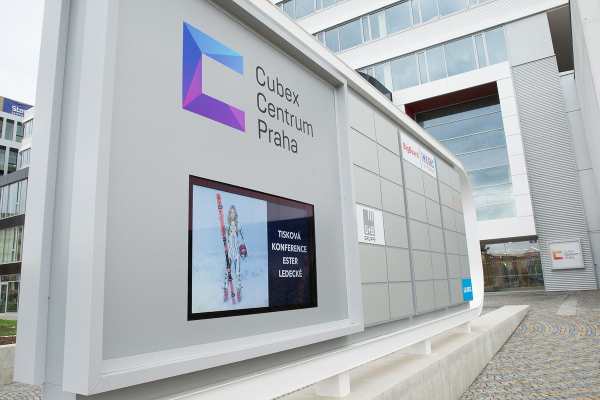
variable display

intuitive control

The gSee system provides comprehensive and easy administration of the digital content of visual display units. It allows users to control their content remotely from a single place using a single computer. It is conceived to make it possible to easily plan the style and content of information at individual sites.

The entire gSee system is designed so the administrator can easily, flexibly, and quickly control screen content, all from the comfort of their office.
The gSee system utilises the principle of templates that define the layout of the screen. These are pre-defined models of displays that dictate what the screen should look like and where and which information or graphical elements should appear. These templates are then filled with content that is managed separately. This principle allows us to define the content just a single time for display on multiple screens, and makes the work itself easier and faster.
By choosing the right kind of display, you can utilise the gSee system to display not just important information for visitors, but for advertising purposes as well. You can offer the option of presentations of the event sponsors, and therefore utilise the entire system commercially. If you set prices accordingly, you can cover the expenses of operating the system entirely in this manner.
The gSee system is made up of five basic logical units:
The gSee system is built on a client-server architecture that allows for all of the data to be stored in a single place (server). Each visual display unit (clients) receives only the data needed for that specific VDU via the network.
The server is used for storing all system data and for the configuration of the individual monitors. Its configuration is variable depending on the expected number of monitors or kiosks and the load estimate for the entire system. There are two options for its physical location. It can be located directly at the place of deployment of the entire system, or in a server room connected to the Internet backbone.
The visual display units that relay the required information to the clients. They may be of various sizes and resolutions, and can be in landscape or portrait layouts. Each monitor is connected to a computer that functions as the source of the image signal. VDUs can even include such devices as tablets. In terms of usage, they are divided into two groups. Passive screens are used solely for displaying information. Interactive devices (touch-screen displays or kiosks and tablets) allow clients to interact (browse through the event programme, search for information, view maps, etc.).
The main computer can be any office computer or laptop. It needs to have at least an internet browser (we recommend Chrome). To make work easier, it’s better to use a Full HD minimum of resolution.
Infrastructure is fundamental for the proper functioning of the entire system. The location of the server, the location of the service computer, and the locations of all monitors must be connected to the network.
A selection of our most distinguished clients who trust in our software solutions.